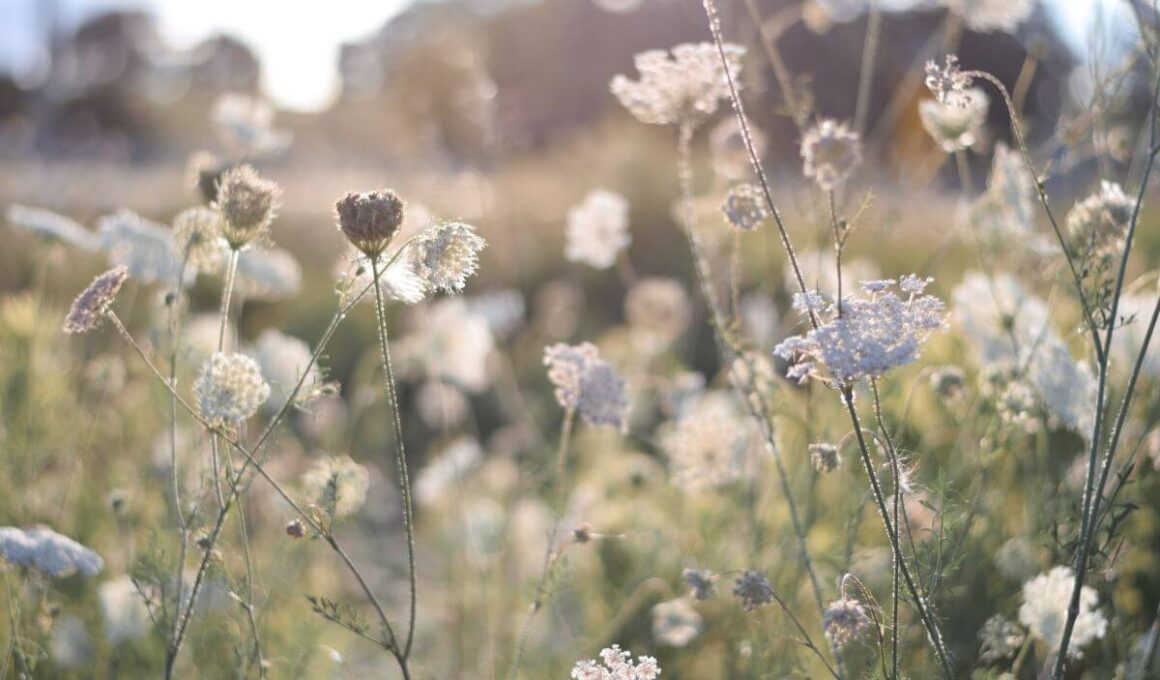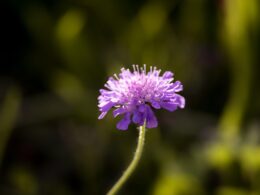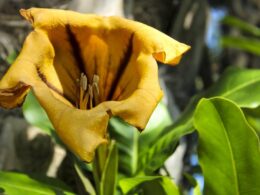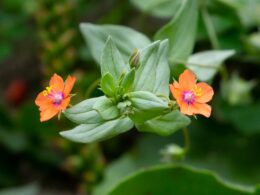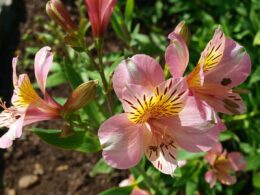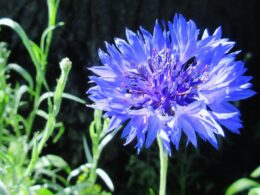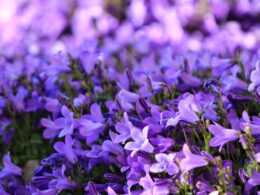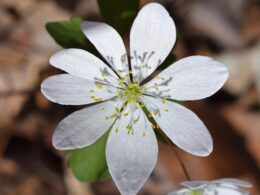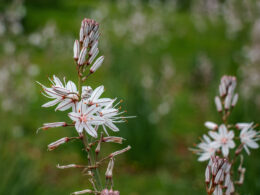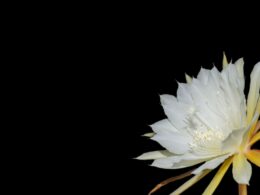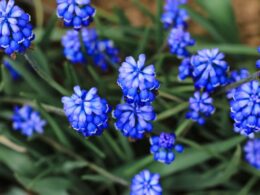About Bishops Flower – Species, Origin and Traits
Ammi majus, commonly known as bishop’s flower, is a tall, elegant annual that bears beautiful white umbels of flowers. Native to the Nile River Valley, this plant has been cultivated for centuries and was even mentioned in the writings of ancient herbalists. Some common names are:
- false bishop’s weed;
- laceflower;
- bullwort;
- lady’s lace;
- false Queen Anne’s lace;
- white dill;
- greater ammi.
Today, it’s a popular choice for cut flowers and is often used in bouquets and arrangements. Bishop’s flower is easy to grow and thrives in most gardening conditions. It’s an ideal choice for gardeners looking to add a touch of grace and sophistication to their garden.
Growing Bishop’s Flower From Seed
Bishop’s flower is a fairly easy plant to grow from seed. Sow seeds indoors in late winter or early spring, about six to eight weeks before the last frost date. Plant the seeds on the surface of a moistened potting mix and cover with a thin layer of soil.
Keep the soil moist but not wet and place the pot in a warm, sunny spot. The seeds should germinate in 7-25 days. Once the seedlings have emerged, thin them out so that there is only one plant per pot.
Bishop’s flower can also be direct-seeded into the garden 3-4 weeks after the last frost date, or prior to the first frost of fall. Just make sure you plant it in a location that gets full sun for the best results.
Caring For False Queen Anne’s Lace Plants
Bishop’s flower is a fairly low-maintenance plant. Water the plants regularly, especially during hot, dry weather – the soil should be evenly moist. You don’t need to fertilize bishops flower, as it will do just fine in most soils. The optimal temperature for growth is 60F to 70F.
One your plant stops blooming, leave the flowers to die and self-seed for the next generation. If you don’t want it to self-seed, simply deadhead the flowers.
Ammi Majus in Floral Arrangements
As we said before, bishops flower is a popular choice for both fresh and dried arrangements. The delicate white flowers add a touch of elegance to any colorful arrangement.
To use bishops flower in a dried arrangement, cut the stems when the flowers are just beginning to open. Hang the stems upside down in a cool, dark place until they’re fully dry. Once they’re dry, you can add them to your arrangement.
If you want to use bishop’s flower in a fresh arrangement, cut it when the flowers are fully open. You can keep the stems in a vase of water for up to a week. Just make sure to change the water every few days and trim the stems as needed.
And that’s it! How do you like your bishop’s flower? Let us know in the comments.





